The Renault-Nissan-Mitsubishi Alliance has presented its roadmap for the future, which will see all three carmakers be involved in common projects and initiatives to shape their shared future towards 2030.
As announced back in 2020, the Alliance members will adopt a leader-follower scheme for vehicles that emphasises commonality by integrating several parameters of possible pooling, such as platforms, production plants, powertrains or vehicle segments.
The idea, in essence, is to minimise cost by sharing as many components between models from Alliance members as possible, although each offering will be made distinctive through a stricter approach to design and upper-body differentiation.
For example, the common platform for the C and D segments will carry five models from the three brands, including the Nissan Qashqai and X-Trail, Mitsubishi Outlander, Renault Austral (successor to the Kadjar) and an upcoming seven-seat SUV.
As part of the new roadmap, the Alliance members will enhance the usage of common platforms in the coming years from 60% today to more than 80% of its combined 90 models in 2026. This includes two new models that Mitsubishi has planned for Europe, including an all-new ASX that is based on an existing Renault model.
This process will also extend to electric vehicles, an area where more than 10 billion euros have already been invested by the Alliance. To take things to the next level, the Alliance will invest a total of 23 billion euros in the next five years to ready 35 new EV models by 2030.
A large majority (90%) of these upcoming models will be based on five common EV platforms, including the CMF-AEV that is billed as the “most affordable platform in the world” and is currently used for the Dacia Spring Electric. There’s also the KEI-EV platform for ultra-compact EVs (most likely kei class cars), which Nissan and Mitsubishi are already working on – the former previewed such a model with the IMk Concept during the 2019 Tokyo Motor Show.
Other existing EV platforms include the CMF-EV, which already underpins the Nissan Ariya as well as the Renault Megane E-Tech Electric. The Alliance is quick to point out that by 2030, more than 15 models will be based on the CMF-EV platform, with up to 1.5 million cars produced on this platform per year. For professional customers, commercial EVs like the Renault Kangoo and Nissan Townstar are part of the LCV-EV family.
Joining these four EV platforms in 2024 is the new CMF-BEV for compact cars. The upcoming architecture is said to provide up to 400 km of range and thanks to its “outstanding aerodynamic performance,” will reduce cost by 33% and power consumption by more than 10% compared to the current Renault Zoe.
Vague comparison aside, the Alliance says the CMF-BEV platform will be the base for 250,000 vehicles a year under the Renault, Alpine and Nissan brands. Among the models that will use it include the Renault R5 and a new compact EV that replaces the Nissan Micra (or March).
To make its upcoming EVs affordable, the Alliance will work with a common battery supplier and is aiming to reduce battery costs by 50% in 2026 and 65% by 2028. It expects to have a total of 220 GWh battery production capacity for EVs across key production sites worldwide by 2030.
The Alliance will also accelerate the development of solid-state battery technology with the aim of mass production by mid-2028 to realise cost parity. Solid-state batteries are superior to the current liquid lithium-ion batteries as they have double the energy density and charging times can be greatly reduced to one-third, the Alliance claims.
It added that the battery management system used for future EVs are “state of the art” and are developed in-house to control 100% of its hardware and software. Partnerships with Mobilize Power Solutions and Ionity will also enable it to support customers when it comes to charging infrastructure.
On the ADAS (advanced driver assistance systems) and autonomous drive front, Alliance members expect to have more than 10 million vehicles on the road across 45 models equipped with autonomous capabilities by 2026. Software will also be a key focal point, and the Alliance will look to increase the number of Alliance Cloud-linked cars from three million today to 25 million by 2026.
Additionally, it plans to be the first global, mass-market OEM to introduce the Google ecosystem in its cars and will launch its “first full software defined vehicle” by 2025 with the promise of life-long over-the-air software updates.
GALLERY: Renault-Nissan-Mitsubishi Alliance 2030 roadmap presentation
Looking to sell your car? Sell it with Carro.

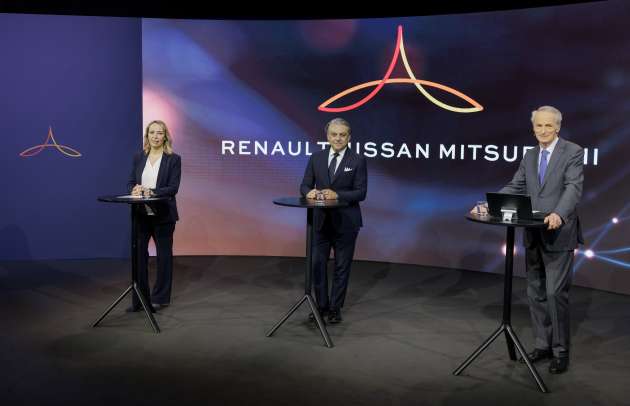
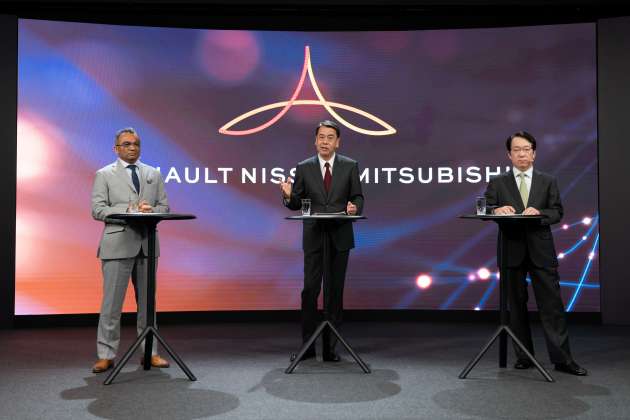












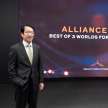

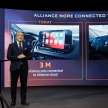

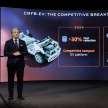
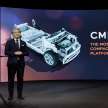
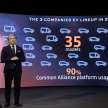


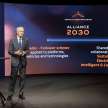




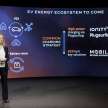
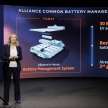
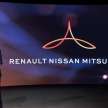
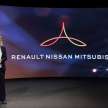
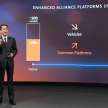
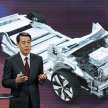
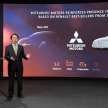
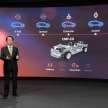
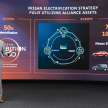

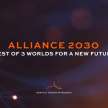

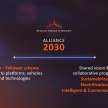


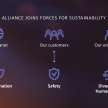
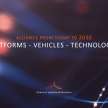
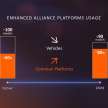
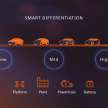
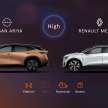
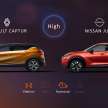
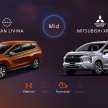
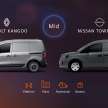
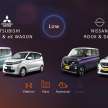
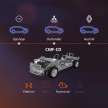
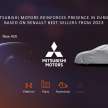

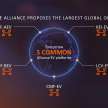
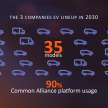
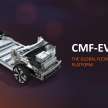
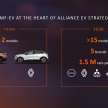
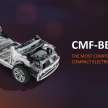
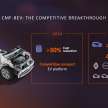
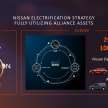
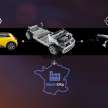
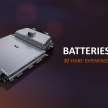
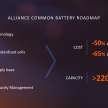
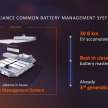
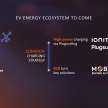
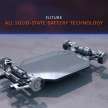
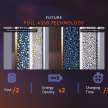
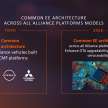
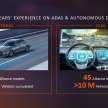
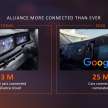
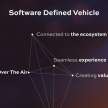
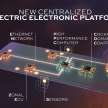

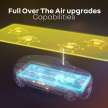
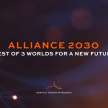




Finally…it may sounded new to RNM Alliance but to me these are already tried and tested strategy wayback 20 years ago with Toyota, VW and more recently, Geely Group